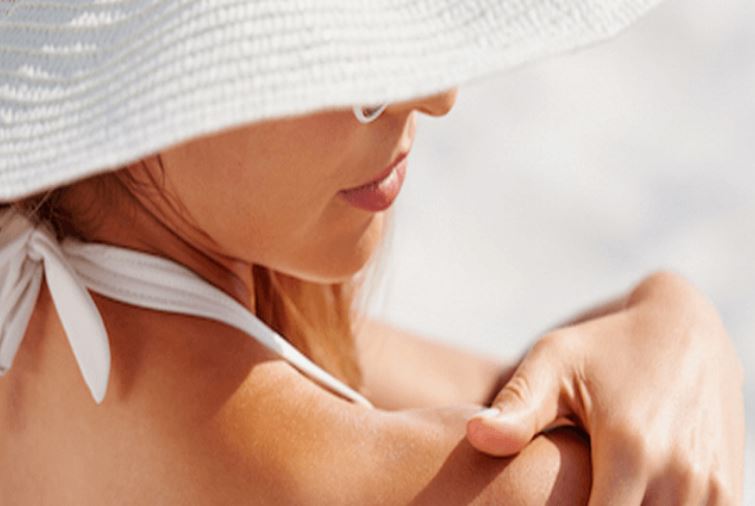16 Sunscreens and 6 daily care products tested by the RSF method: cheap is not necessarily bad!
The sunscreen market is one of the most increasing parts in cosmetic industry. Every year, about 4,000 new suncare products arrive on the market. All products claim high or adequate UV protection and are normally classified with the SPF label.
The SPF method classifies only the UV B protection of a sunscreen. Therefore, several other statements claim the UV A protection of the products (among others, UVA-PF, UV A/B balance, high UV A protection, % of UV A transmittance, star rating systems).
The overflowing number of market products and the incoherent labeling of the products complicate the consumer’s selection.
Really one is spoilt for choice. Not only the differences in prizes but also the availability of the products (discount products or pharmacy products) suggests an amazing difference in the protective effect. Is there really this great difference? And are high SPF values an assurance of high protection? And do high prize products amount to high protection? These are the questions we wanted to answer. We tested 16 different suncare products ranking from SPF 15 to 50+ and 6 daily care products ranking from SPF 4 to 15 by using the RSF method. This method measures the amount of free radicals generated inside the skin during UV radiation. High RSF values mean high protection against free radical injury. The protective effect of the sunscreens depends on the amount and combination of UV filters, on the distribution of the suncare formulation on the skin’s surface and the uniform distribution of all actives on the skin.









 Follow us on Linkedin!
Follow us on Linkedin!